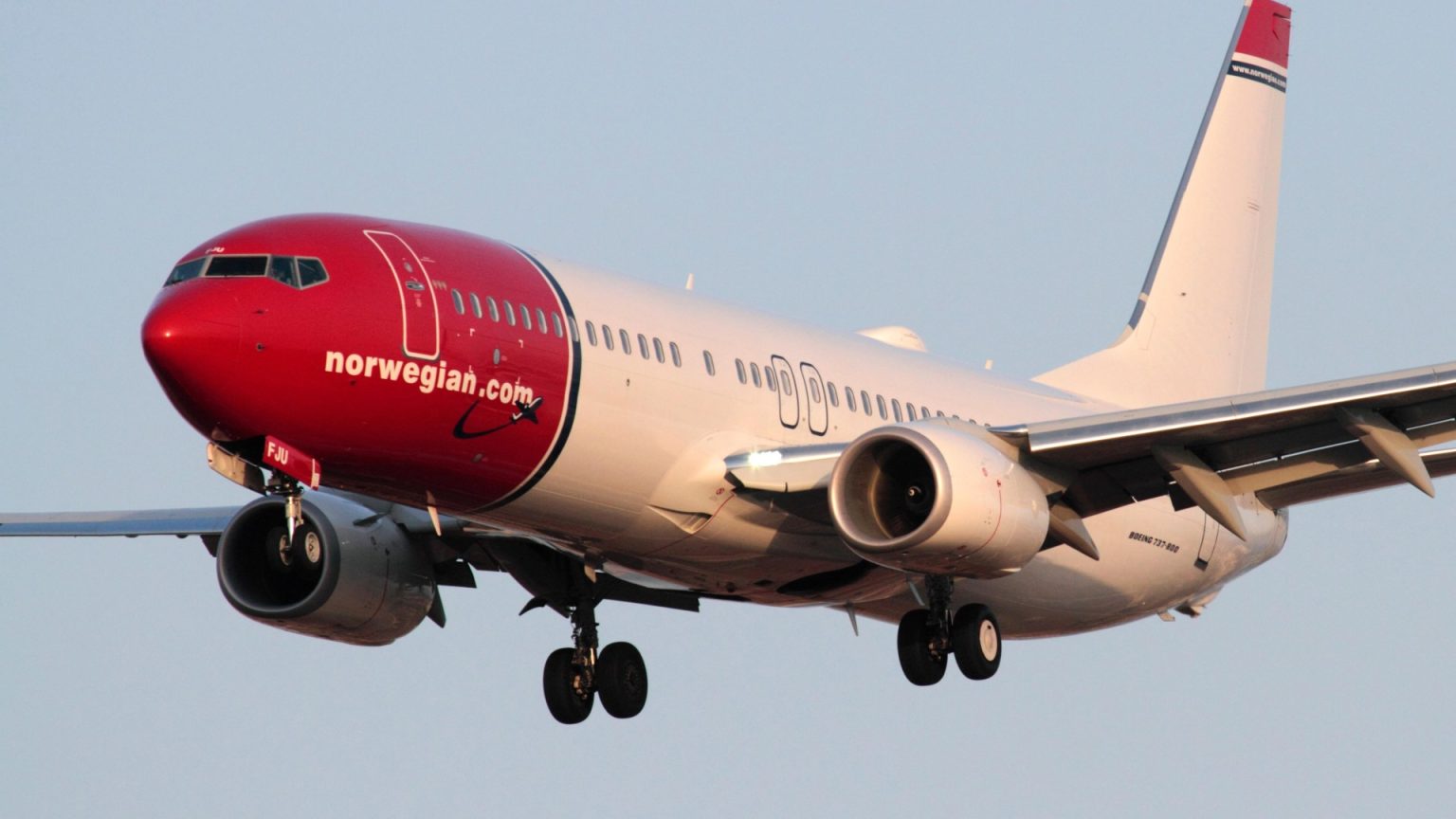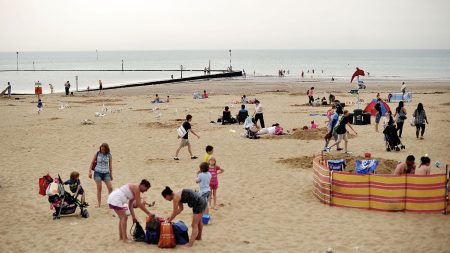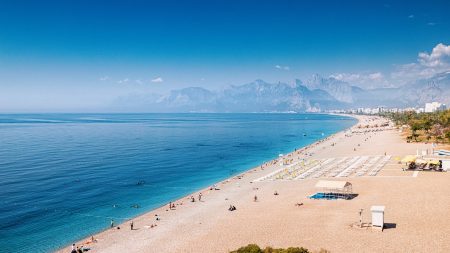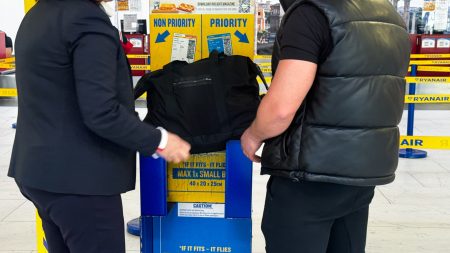Norwegian Airlines, a budget airline specializing in long-haul flights, has experienced a resurgence after facing near-collapse, thanks to its fleet of Boeing 787 Dreamliners. This revival has focused on offering affordable travel options, particularly for families. However, the affordability comes with considerations regarding seat selection and onboard amenities. Savvy travelers can optimize their Norwegian Airlines experience by carefully choosing their seats, keeping in mind factors such as legroom, proximity to exits, views, and potential disruptions.
Navigating the seating chart is crucial for a comfortable flight. While most seats are standard economy, row one (seats A-F) and row 14 (seats A-F) offer coveted extra legroom, a significant advantage on long journeys. These exit row seats also offer the perk of quicker disembarkation, allowing passengers to bypass lengthy queues and begin their holiday sooner. For those prioritizing a speedy exit, aisle seats offer an advantage in accessing overhead baggage and reaching the aisle efficiently. Meanwhile, window seats (A or F), particularly those near the wing, provide optimal views for capturing breathtaking scenery.
Maximizing onboard comfort and minimizing potential disruptions involves strategic seat selection. Passengers seeking a head start on refreshments should consider seats in row 31, as service typically begins from the back of the plane. However, it’s important to note that row 31 seats lack recline and are situated near the galley and restrooms, increasing the likelihood of noise and interruptions. For undisturbed sleep on overnight flights, window seats are generally preferred, as they minimize contact with fellow passengers. Seats to avoid include row 31 entirely, due to the lack of recline and proximity to high-traffic areas. Additionally, seat 10A, as well as seats 11A and 11F, lack windows, detracting from the in-flight experience, particularly on long-haul journeys.
Understanding passenger rights in case of flight disruptions is essential. For flights to and from the UK, airlines are obligated to offer compensation for delays exceeding three hours. Passengers have the right to choose between a refund or an alternative flight, even with a different airline, if their original flight is cancelled. However, airlines are not liable for compensation if the disruption is caused by factors beyond their control, such as extreme weather or air traffic control strikes. These “extraordinary circumstances” are often subject to interpretation, and passengers can challenge disputed claims through the Civil Aviation Authority (CAA).
Travel insurance can provide a safety net for flight disruptions, although policies vary. Coverage typically kicks in after delays of eight to twelve hours, requiring written confirmation from the airport as proof. However, outright flight cancellations are usually not covered by travel insurance, leaving passengers to rely on airline compensation policies. Therefore, it’s crucial to understand the terms of both airline compensation policies and travel insurance when booking flights.
In conclusion, while Norwegian Airlines offers attractive low-cost long-haul options, passengers should be aware of the nuances of seat selection and potential flight disruptions. Choosing the right seat can significantly impact comfort and convenience, while understanding passenger rights and insurance policies can provide recourse in case of unforeseen travel delays or cancellations. By considering these factors, travelers can maximize their chances of a smooth and enjoyable Norwegian Airlines experience.











